Yoga Blog
Mastering Breath: A Yoga-Inspired Guide to Deepening Your Meditation Practice
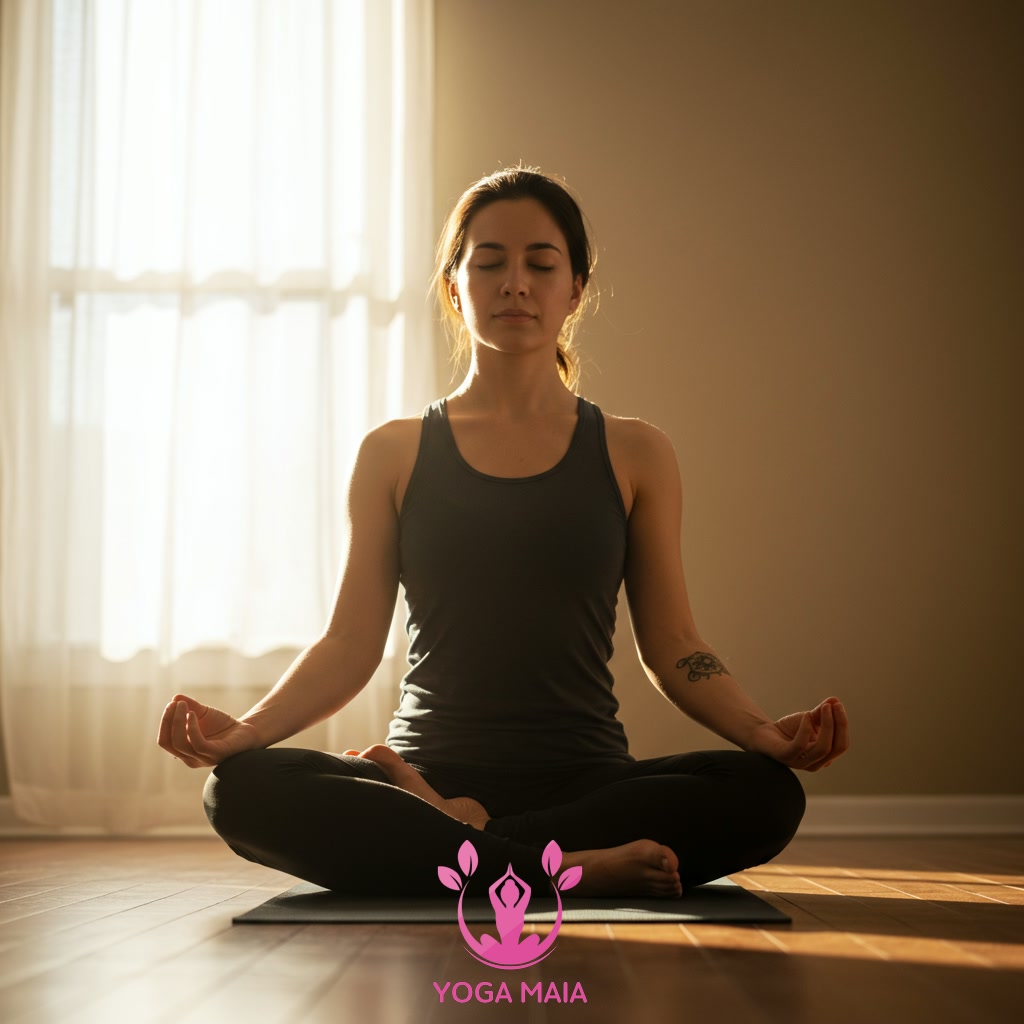
This guide explores how yoga-inspired breathing techniques can significantly deepen your meditation practice. It provides methods for mastering breath control to achieve greater focus and tranquility. By integrating these principles, individuals can unlock more profound meditative states. The content emphasizes practical application of breathwork derived from yoga traditions for enhanced mindfulness.
Table of Contents
- Section 1: The Yoga-Breath Connection: Foundation for Meditation
- Section 2: Essential Yoga Pranayama Techniques for Deeper Calm
- Section 3: Integrating Yoga Breathwork into Your Meditation Session
- Section 4: Using Specific Yoga Breaths to Enhance Focus and Presence
- Section 5: Benefits of a Yoga-Inspired Breath Practice for Mind and Body
- Section 6: Sustaining Your Practice: Daily Routines and Further Exploration
Section 1: The Yoga-Breath Connection: Foundation for Meditation
In yoga, breath, known as Pranayama, is not merely air exchange but a vital force deeply connected to our mental and emotional states. This profound link forms the essential foundation for a successful meditation practice. By consciously controlling and observing the breath through yoga techniques, we learn to quiet the incessant chatter of the mind and anchor our awareness in the present moment. A steady, rhythmic breath cultivated through yoga directly translates to a calmer, more focused mind, creating the ideal internal environment for meditation. This initial focus on breath control and awareness is often the first step in a yoga session, preparing both the body and mind for stillness and deeper introspection, making it an indispensable starting point for anyone looking to enhance their meditation.
 The Yoga-Breath Connection: Foundation for Meditation
The Yoga-Breath Connection: Foundation for Meditation
Section 2: Essential Yoga Pranayama Techniques for Deeper Calm
Building on the understanding of Pranayama as vital energy, this section delves into specific yoga breathing techniques essential for cultivating deeper states of calm. Techniques like Ujjayi (Victorious Breath), Nadi Shodhana (Alternate Nostril Breathing), and Kapalabhati (Skull Shining Breath) are foundational. Ujjayi, with its gentle constriction in the throat, creates a soothing ocean-like sound that focuses the mind and regulates energy. Nadi Shodhana balances the left and right hemispheres of the brain, promoting mental clarity and tranquility, often used before meditation. While Kapalabhati is more energizing, its rhythmic nature can still clear mental clutter, preparing the mind for stillness. Mastering these practices allows individuals to consciously influence their nervous system, reducing stress and paving the way for a more profound and peaceful meditation experience.
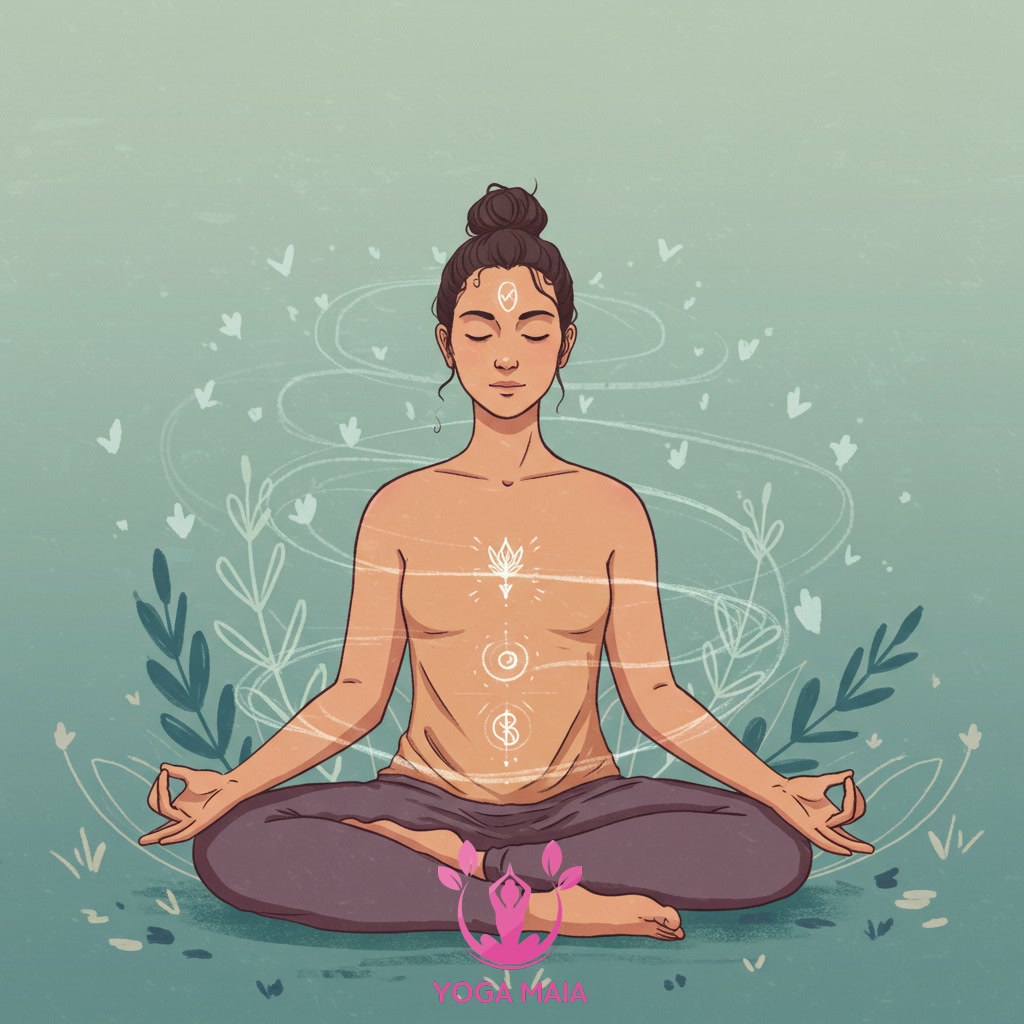 Essential Yoga Pranayama Techniques for Deeper Calm
Essential Yoga Pranayama Techniques for Deeper Calm
Section 3: Integrating Yoga Breathwork into Your Meditation Session
Integrating specific yoga breathing techniques, such as Ujjayi or simple conscious breathing, directly into your meditation session can profoundly deepen your practice. Begin by dedicating the first few minutes of your sit to consciously observing or guiding your breath. For instance, practice Ujjayi breath to settle the nervous system and create a rhythmic foundation before transitioning to open awareness or focused meditation. Alternatively, simply bring gentle attention to the natural flow of your inhalation and exhalation throughout your entire meditation period. This consistent focus on the breath serves as an anchor, helping to manage distractions and cultivate a state of calm alertness, preparing the mind for deeper introspective states and enhancing overall tranquility.
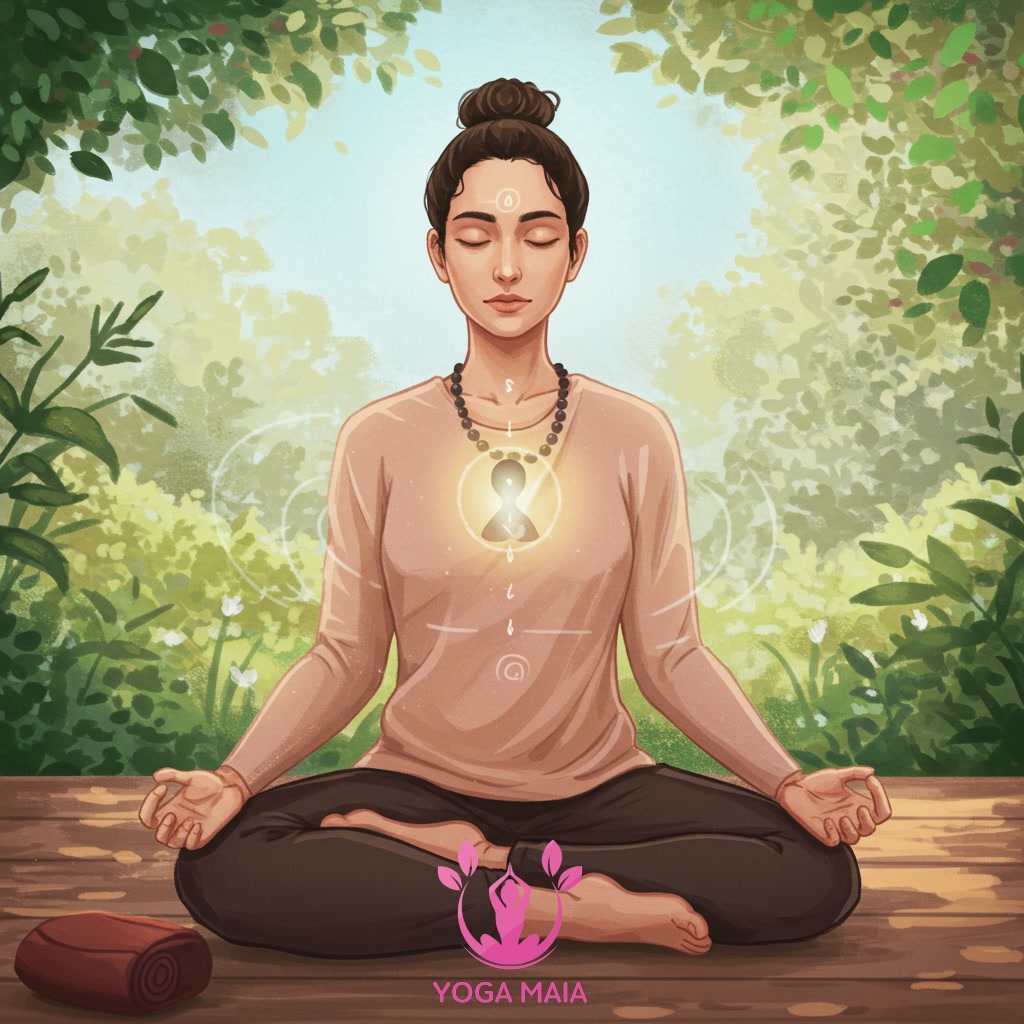 Integrating Yoga Breathwork into Your Meditation Session
Integrating Yoga Breathwork into Your Meditation Session
Section 4: Using Specific Yoga Breaths to Enhance Focus and Presence
Building upon the integration of specific breathing techniques into your meditation, this section focuses on how practices like Ujjayi pranayama or even simple mindful awareness of the natural breath actively cultivate focus and presence. Ujjayi breath, with its gentle constriction in the throat, creates an audible sound that serves as a continuous anchor, drawing the wandering mind back to the present moment. Similarly, directing your full attention to the physical sensations of each inhale and exhale provides a tangible, ever-present object of focus. This deliberate engagement with the breath reduces mental chatter and strengthens your capacity to remain fully present, transforming a passive sitting period into an active, deeply absorbed state of meditation.
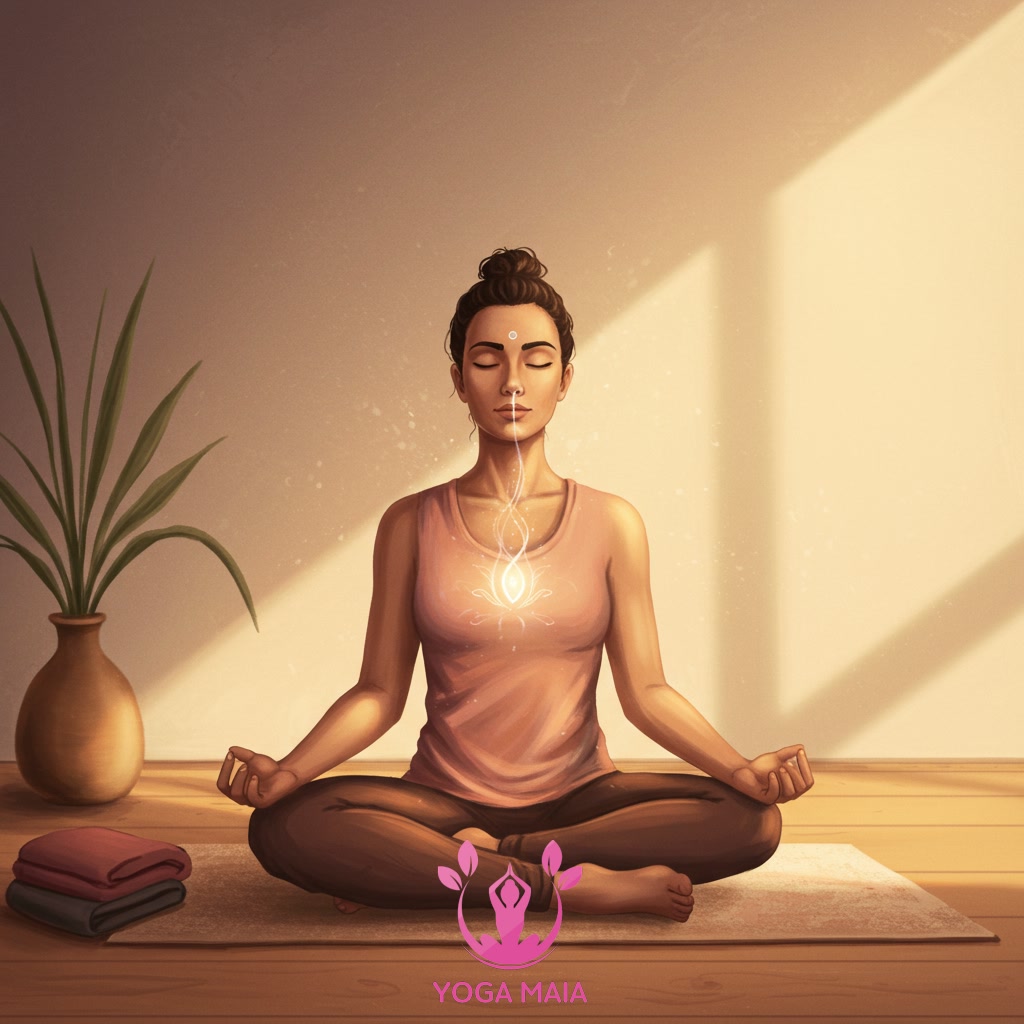 Using Specific Yoga Breaths to Enhance Focus and Presence
Using Specific Yoga Breaths to Enhance Focus and Presence
Section 5: Benefits of a Yoga-Inspired Breath Practice for Mind and Body
Building on the foundation of mindful breath awareness introduced previously, integrating specific yoga-inspired techniques like Ujjayi pranayama unlocks a cascade of profound benefits for both mind and body. Conscious, controlled breathing directly impacts the autonomic nervous system, promoting a shift towards the calming parasympathetic state. This physiological change translates into significant mental benefits, including reduced stress and anxiety, improved emotional resilience, and enhanced cognitive function, making it easier to quiet the ‘monkey mind’ during meditation. On a physical level, these practices can lower blood pressure, improve circulation, increase lung capacity, and release muscular tension. This holistic approach harmonizes the physical and mental aspects, cultivating a deep sense of grounded tranquility and significantly deepening one’s ability to enter and sustain meditative states with greater ease and focus.
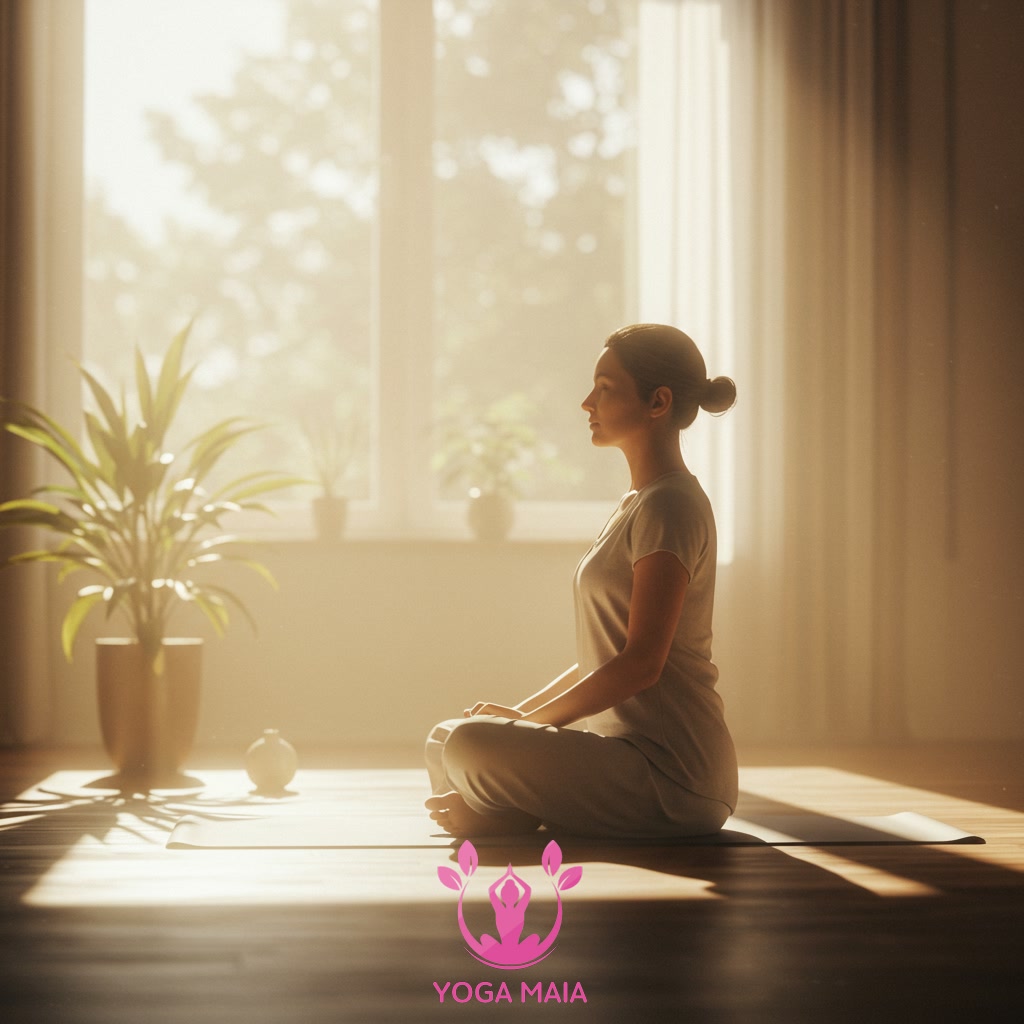 Benefits of a Yoga-Inspired Breath Practice for Mind and Body
Benefits of a Yoga-Inspired Breath Practice for Mind and Body
Section 6: Sustaining Your Practice: Daily Routines and Further Exploration
To truly embed the benefits of yoga-inspired breathwork into your life and deepen your meditation, consistency is paramount. This involves establishing a daily routine, even if it’s just dedicating a few minutes each morning or evening to conscious breathing practices like those explored previously. Integrating mindful breath into transitional moments throughout your day – before starting work, during breaks, or while preparing for sleep – further reinforces its power. As your comfort and control grow, consider gently exploring variations or other foundational pranayama techniques, perhaps under guidance, to continue expanding your breath mastery. Sustaining this practice transforms breathwork from an occasional exercise into a fundamental, unwavering support for enhanced focus, tranquility, and profound meditative states, rooted in the wisdom of yoga.
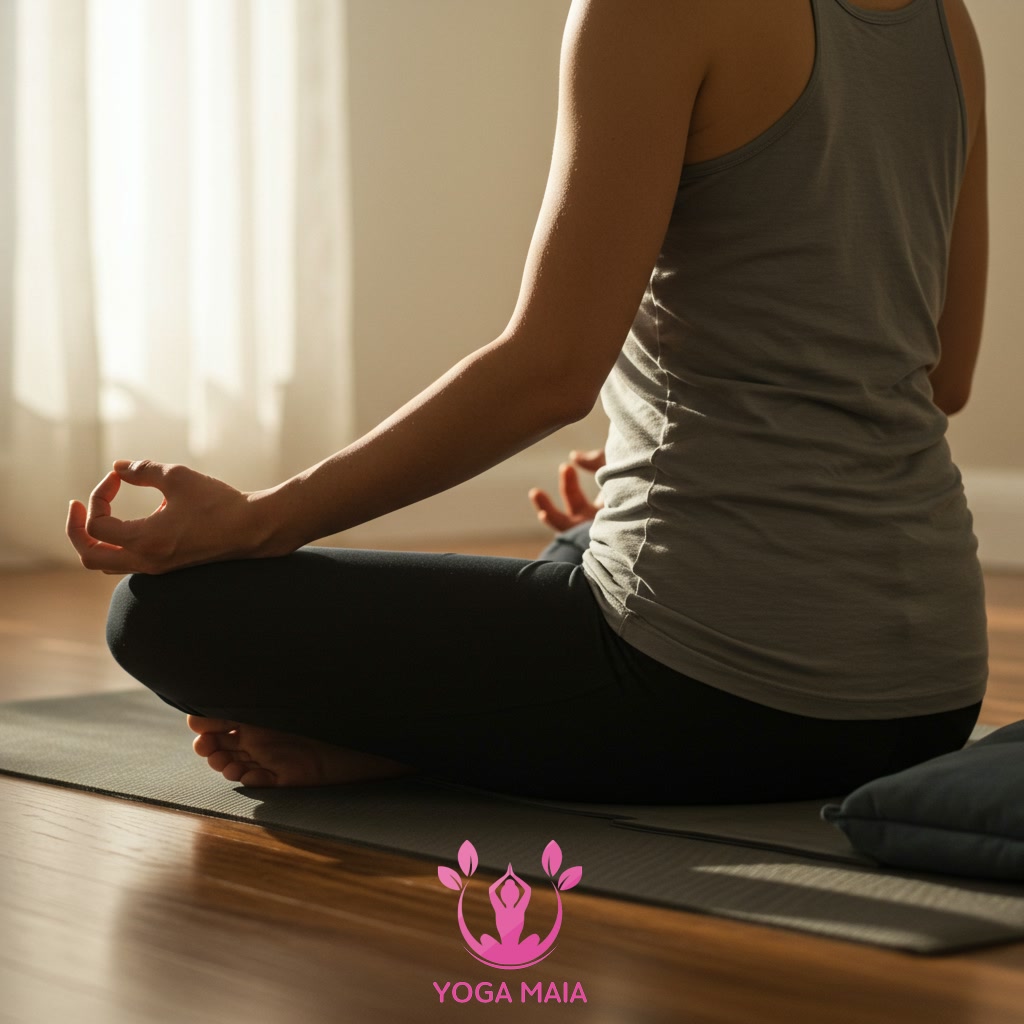 Sustaining Your Practice: Daily Routines and Further Exploration
Sustaining Your Practice: Daily Routines and Further Exploration
